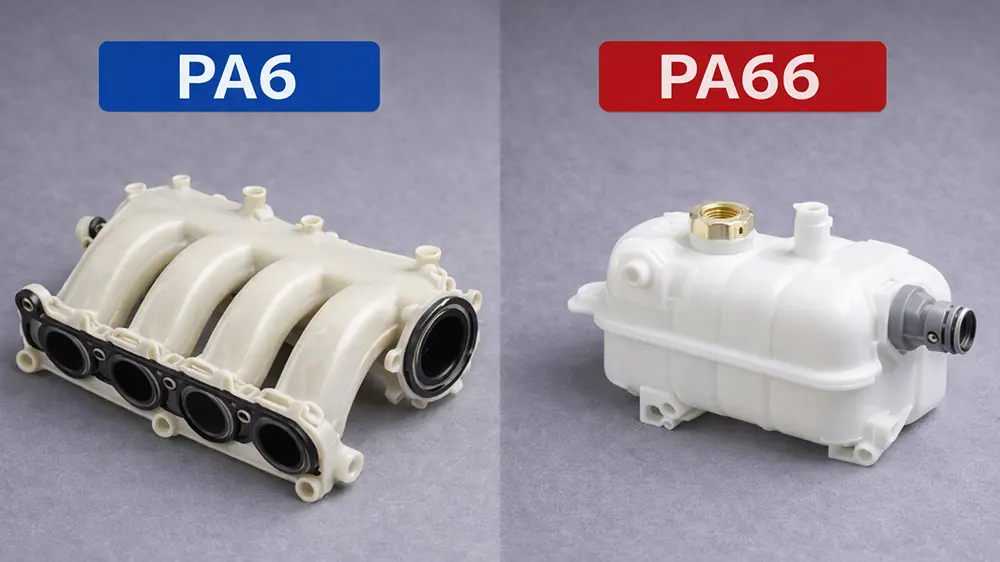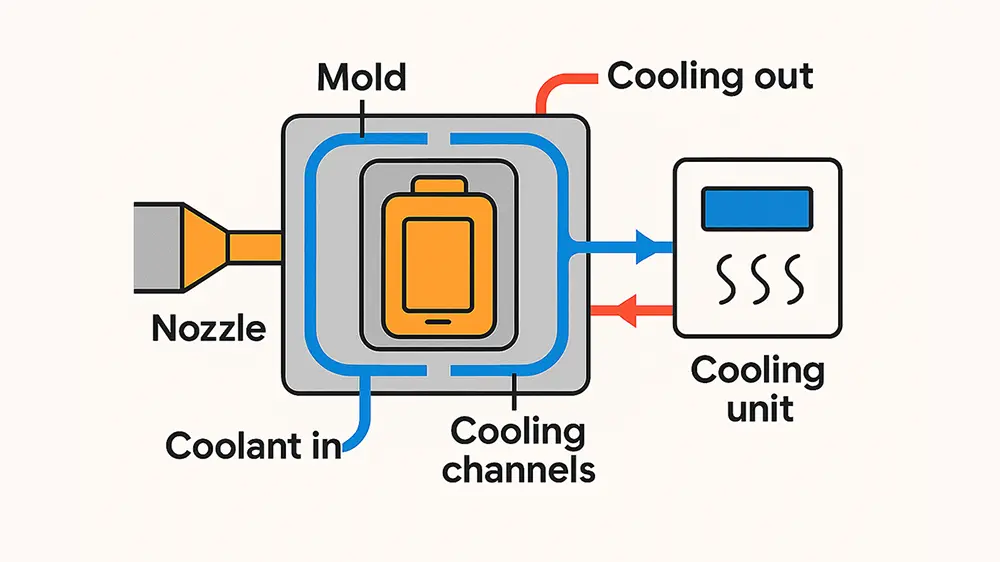Computer Numerical Control machining, otherwise known as CNC, has been revolutionary in the manufacturing world. Since its inception and adaptation in the mid-20th century, the boundaries of manufacturing possibilities have been tested and expanded to cut across all sectors of society. Indeed, the medical industry has soared on the wings of advancements in CNC machining technology since its inception till now.
CNC machining is depicted by efficiency, precision, and versatility, all of which the complex needs of the medical industries have found most helpful. Think of the delicate surgical instruments or the intricate prosthetic body parts and see how far the medical industry has come in providing life-saving solutions. This leaves us to ponder how all these could have been possible without CNC machining.
Thankfully, this article emphasizes the benefits of CNC machining to the medical industry by detailing some of the medical technology needs and CNC’s means of meeting them.
1. Enables precision and accuracy of medical products
Advancements in medical technology have encouraged more delicate life-saving interventions. As a result, the need for sophisticated devices and intricate parts such as surgical instruments and orthopedic implants is ever-increasing. Each product’s size and design specifications must not be compromised because the slightest error could affect its functionality or lead to life-threatening consequences. This is where CNC machining shines brightest.
CNC engineering uses computer-aided designs and advanced machining techniques to achieve tolerances that can only be measured in micrometers. Human interaction with the manufacturing process is limited, so errors are unlikely. The result is unrivaled precision with the finest detail, ultimately enhancing patient safety and treatment outcomes.
2. Creates Complex Medical Components
Concerning design, the medical field uses some of the most complex tools, some of which have intricate geometries and complex features. Old manufacturing processes were insufficient to cater to these needs until the emergence of CNC machining. Unlike the traditional method, which requires tooling to produce intricate designs, CNC machining is unhindered by tools and molds.
CNC machining allows designers to think innovatively and invent anything necessary to save lives and provide treatment options. For instance, with CNC machining, the medical industry can create instruments with hollow channels for fluid flow or intricate surface textures to improve the biocompatibility of implants.
3. Versatile For Different Medical Materials
Materials used in manufacturing medical products and parts are continuously evolving. From specialized metal alloys to ceramics, thermoplastics, and other newer materials, the medical world always needs to improve the quality and longevity of surgical implants. However, the characteristics of each material affect their workability using traditional manufacturing methods. This remained so till CNC machining came on the scene.
CNC machining versatility allows manufacturers to select the most suitable material for each medical device, considering factors like strength, biocompatibility, and weight. For example, titanium and cobalt-based alloys are popular options for manufacturing medical implants to replace joints and fix fractures.
CNC machining can work on any material without compromising its structure and functionality. Consequently, CNC machining has encouraged the medical industry to explore various available materials and create new ones, with the desired qualities for manufacturing medical products and parts.
4. Enhances Efficiency and Cost-Effectiveness
The traditional manufacturing process is time-consuming, and this is more so if the product is quite intricate. However, the continuous rapid innovations in the medical field need a speedy manufacturing process to match. CNC machining has significantly reduced the time from product design to materializing the item for use in the industry thanks to its straightforward process.
Once the initial setup is ready and the program is loaded, CNC machines can run continuously with minimal human intervention. Depending on the design’s intricacy, these remarkable machines can fabricate items in seconds or a few hours. Overall, this means minimum production lead times.
Moreover, CNC machining has encouraged the availability of more affordable devices and items for use in the medical field. It achieves this by eliminating cost-accruing processes associated with the formal manufacturing methods, labor costs, and material wastes which add up to the total cost of the manufactured items.
5. Facilitates Customization and Personalization
Modern medical practices lean towards personalized patient care and therapy. The flaws of the one-size-fits-all approach are responsible for this perception. However, the rising prevalence of customized treatments and solutions necessitates making custom items available shortly after ordering them. Thankfully, the emergence and innovations in CNC machining now ensure the availability of customized medical components for patient care.
CNC machining is most appropriate for producing small batches or even a single item with little financial implication. As long as there is an existing design to modify and work with or an entirely new idea that can be illustrated graphically, manufacturers in the medical industry can receive custom orders and act on them quickly. The medical sector can develop custom components with remarkable precision using CAD software and other prototyping techniques.
6. Supports Continuous Innovation
The medical industry continuously researches new ways and products to enhance patient care and treatments. As a result, new ideas and concepts are developed from time to time, and they need to be tested. CNC machining encourages medical scientists to continue their research by providing an avenue for rapid prototyping. Hence, ideas that are conceived can be rapidly put to the test.
The swift response allows medical designers to juxtapose ideas and refine them till they achieve workable designs. Whether refining a surgical instrument’s design or optimizing the geometry of a medical implant, adjustments can be made using computer-aided design software, and test samples produced immediately.
As a result, the medical industry will continue to enjoy new products in their market that aim to tackle diverse health issues shortly after the discoveries are made. So CNC machining empowers medical manufacturers to iterate quickly and efficiently, fostering a culture of continuous improvement and innovation in the medical industry.
Conclusion
CNC machining is already playing a significant role in the medical industry by enabling its professionals to stretch their imaginations concerning medical products and parts. As the medical field gets increasingly advanced and sophisticated, so will the products and parts needed by the industry. But that is no cause for concern because, with CNC’s unparalleled precision, efficiency, versatility, and ability to facilitate customization and compliance, nothing is off the company’s manufacturing radar.





